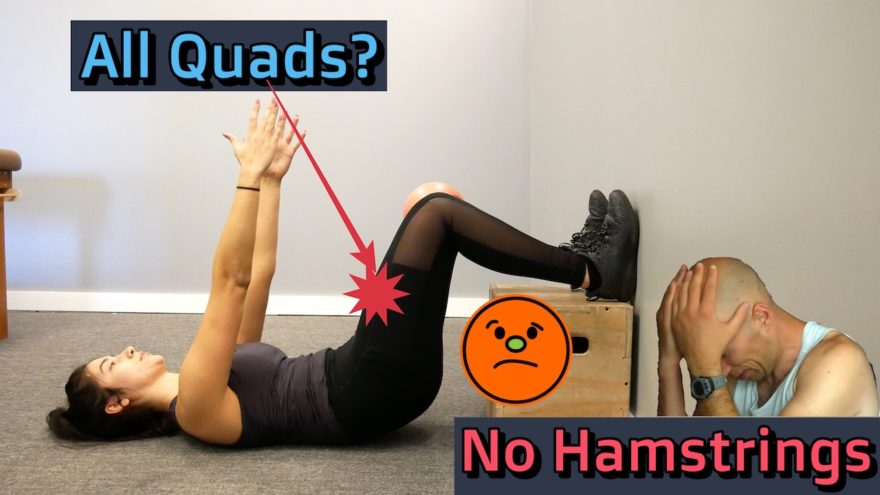Tag: tight hips

Hip Flexor Stretches Don’t Work – Try These 2 Exercises Instead
If hip flexor stretching is whack, what is better, Zac? It’s super common to feel hip flexor tightness from sitting…

When You Only Feel Quad During the 90-90 Hip Lift
The Lewitt postion (or 90-90 hip lift) is supposed to target hamstrings and distal glute to drive hip internal rotation…

Improving Hip and Shoulder Internal Rotation WITHOUT STRETCHING!
Having shoulder and hip internal rotation is kind of a big deal. What if you could get it as quickly…
